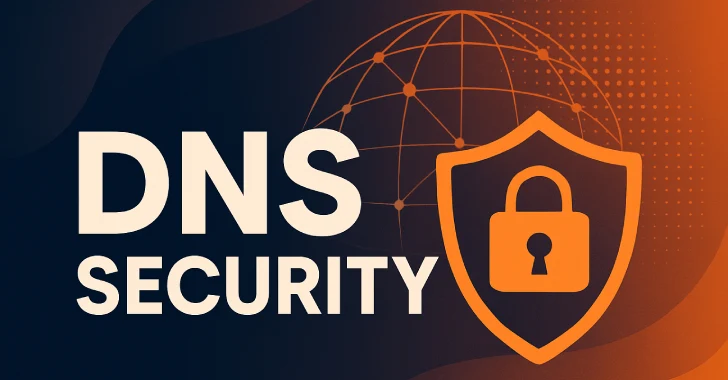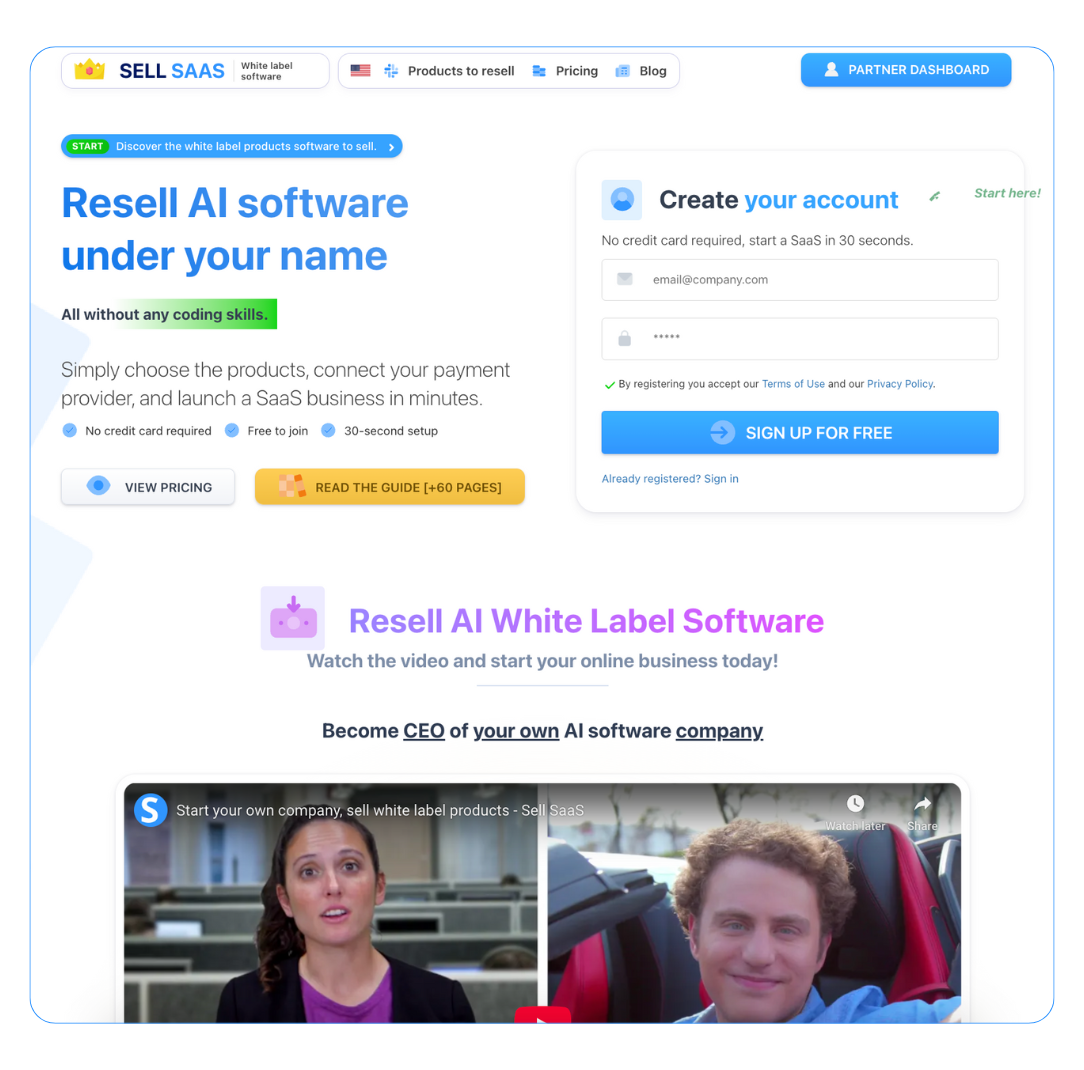
- 10th Oct '25
- Sell SaaS
- 5 minutes read
Critical Setup Issues in White-Label SaaS: DNS, Security, and Scalability
White label business models are pretty popular nowadays. You can start your own online business with little investment and upfront costs, so it's no wonder everyone and their grandmother does it. You get a core product, slap your branding on it, and sell it to clients under your own name.
But there’s a catch. While launching a white label SaaS platform can seem really straightforward, there is a bunch of technical stuff that can lay waste to your entire operation if handled improperly.
DNS setup, security implementation, and scalability planning are the most important technical aspects of launching a white label business. Here’s what you need to know about them.
-
DNS Misconfigurations: The Silent Breaker of Brand Trust
DNS settings are the most commonly overlooked technical aspect of running a white label SaaS business. Most people treat it like a ‘set and forget’ approach.
But it's not. It needs to be monitored and checked regularly. Old and outdated records can result in your white label service going down or becoming unavailable. Here are some of the most common issues you can run into with regard to DNS.
Common Issues:
-
Incorrect CNAME mapping. CNAME records are used to point the White Label service’s domain to yours. When the subdomain isn’t pointed correctly to your main application domain, nobody is able to access your SaaS service.
-
Lack of DNS redundancy. If you don’t set up records for redundancy, there will be no secondary DNS provider for failover, leaving the service vulnerable to outages.
-
Missing SSL setup. Failing to configure DNS for certificate validation can lead to HTTPS errors. Your SaaS service won’t load because of missing SSL certificates.
How to Fix It
Establish a standardized DNS onboarding checklist. Use DNS verification tools, like a DNS record lookup tool, to ensure all records (A, CNAME, TXT, and MX) are correctly configured before going live.
Also, check for DNS propagation to verify that your domain resolves globally.
-
Security Oversights in White-Label SaaS
Whether you are a client of a white-label service or the provider, you need to take appropriate security measures to ensure nobody compromises the SaaS infrastructure.
Each white-label instance exposes new potential entry points for attackers. Clients normally have their own authentication layers or integrations, and those just increase the attack surface area.
Key Risks
Some of the most common ways that the SaaS can be put at risk are as follows:
-
Shared credentials. Clients are reusing admin credentials across platforms. This means that even one leak is enough to grant access to everything else.
-
Unsecured APIs. APIs are the primary way white label services are used by clients. If the APIs are reused without proper rate limits or API key rotation, then attackers can use them to gain unauthorized access.
-
Weak SSL/TLS enforcement. SSL/TLS is required for encrypting traffic sent between the SaaS servers and clients. If they are not enforced properly, anybody can hijack the communication and wreak havoc.
Best Practices
To prevent the risks from manifesting, you should employ these best practices to the best of your ability.
-
Implement multi-tenant isolation at both the database and authentication layers. This prevents clients from accidentally seeing each other’s data.
-
Enforce zero-trust policies with per-client access controls.
-
Automate SSL issuance and renewal via ACME protocols. This ensures you are certificates never expire.
-
Conduct regular vulnerability scans across client subdomains.
Integrating a security monitoring layer for each branded instance will help maintain compliance and consistency across all deployments.
-


Scalability and Resource Allocation Challenges
Many white-label SaaS startups underestimate how resource-intensive multi-tenant scaling can be. Each client may require custom branding, integrations, and feature toggles, which strain both compute and database resources.
If you are a provider of White label SaaS, then here are the most common scalability issues you need to look out for.
Common Scalability Pitfalls
-
Shared databases without partitioning. This causes lots of performance bottlenecks because each instance of the SaaS means that somebody is always using the database and making others wait.
-
Centralized logging. This can overwhelm monitoring systems because it becomes harder to determine which action was taken by which instance.
-
Static resource allocation. This leads to uneven performance across tenants; some might experience better performance due to the luck of the draw, while others might be starved for resources.
Solutions
To handle these problems, you must start using the following:
-
Move toward horizontal scaling via container orchestration (e.g., Kubernetes, Docker Swarm).
-
Use tenant-aware caching to reduce redundant queries. This frees up the database for more important queries.
-
Implement asynchronous job queues to manage spikes in user activity.
-
Employ auto-scaling load balancers to distribute traffic fairly.
These will solve most, if not all, of your scalability problems with White Label SaaS.
-
Building Reliability Through Automation
White-label SaaS providers that survive long-term rely on automation to eliminate setup friction. Many of the things we discussed in this article would be overwhelming if not for automation. For example, DNS lookups would take a lot of time and effort to set up and maintain. That’s why automation is all but necessary.
You can use automated scripts for DNS validation, SSL deployment, user provisioning, and performance monitoring. This drastically reduces human error as well.
You should provide these automations in client onboarding workflows so that clients don’t have to worry about them on their end. This will ensure that your white label SaaS is easy to use and easy to set up.
Conclusion
The technical setup of a white-label SaaS product is more than a one-time exercise. DNS misconfigurations, insecure integrations, and unplanned scaling can erode reliability before your brand even gets traction.
By addressing DNS reliability, security hygiene, and scalability automation early, you create a stable foundation for every white-labeled instance to succeed under your name.
 Create your own software
Create your own software



